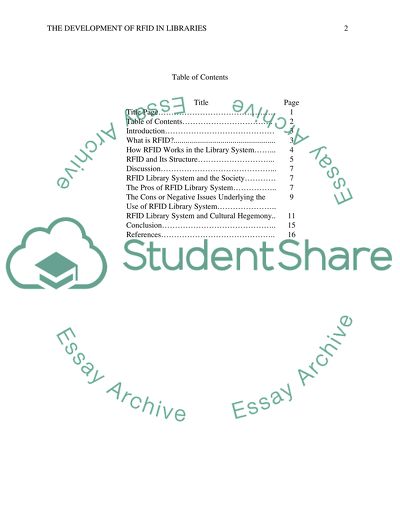Cite this document
(“The Development of RFID in Libraries Term Paper”, n.d.)
Retrieved from https://studentshare.org/technology/1396762-the-development-of-rfid-in-libraries
Retrieved from https://studentshare.org/technology/1396762-the-development-of-rfid-in-libraries
(The Development of RFID in Libraries Term Paper)
https://studentshare.org/technology/1396762-the-development-of-rfid-in-libraries.
https://studentshare.org/technology/1396762-the-development-of-rfid-in-libraries.
“The Development of RFID in Libraries Term Paper”, n.d. https://studentshare.org/technology/1396762-the-development-of-rfid-in-libraries.


